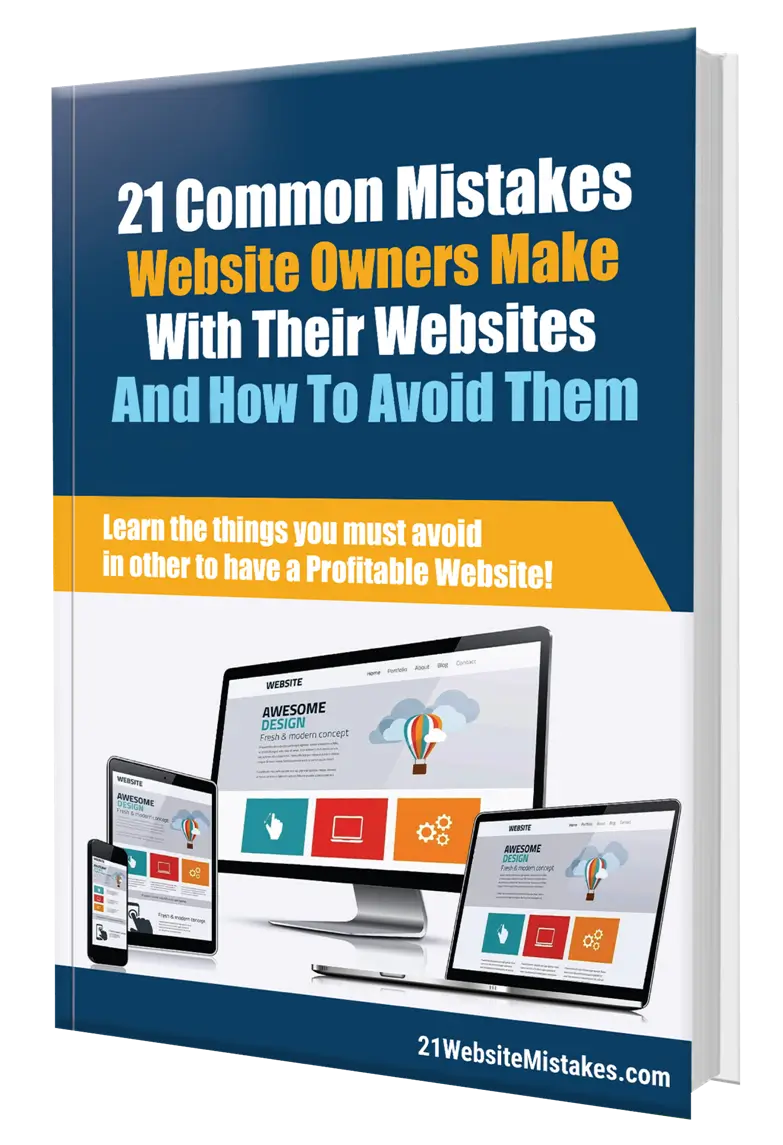In today’s digital age, online presence is no longer a luxury but a necessity. Whether you’re a small business owner, a blogger, or an e-commerce giant, your website’s visibility on search engines can make or break your online success. That’s where Search Engine Optimization (SEO) comes into play. In this article, we’ll delve into optimizing website content for search engines and explore key techniques to enhance your website’s visibility on Search Engine Results Pages (SERPs).
Understanding the Significance of SEO
Imagine having the most beautifully designed website with the most insightful content, but it’s hidden in the depths of the internet, rarely to be found by your target audience. That’s where SEO steps in, like a beacon of light guiding users to your digital doorstep.
1. Keyword Research: The Foundation of SEO
Keyword research is the cornerstone of any successful SEO strategy. It involves identifying the words and phrases your target audience is using to search for products, services, or information related to your website. Tools like Google Keyword Planner and SEMrush can help you discover relevant keywords with high search volume and low competition.
Once you’ve compiled a list of keywords, strategically integrate them into your website’s content, including headings, subheadings, and body text. However, be cautious not to overuse them, as this can lead to keyword stuffing, which can harm your rankings.
2. On-Page Optimization: Enhancing User Experience
On-page optimization is all about making your website more user-friendly and search engine-friendly. This involves improving the structure and content of your web pages. Here are some key aspects to consider:
Quality Content: Create informative, engaging, and valuable content that addresses the needs and interests of your audience. Regularly updating your content can also boost your SEO.
Meta Tags: Craft compelling meta titles and descriptions that entice users to click on your link in the search results. Ensure they contain relevant keywords.
URL Structure: Use descriptive and concise URLs that include keywords. Avoid using long strings of numbers or symbols.
Image Optimization: Compress images for faster loading times and include alt text with relevant keywords to improve accessibility and SEO.
3. Backlink Building: Earning Trust and Authority
Backlinks, or inbound links, are links from other websites to yours. They signal to search engines that your website is trustworthy and authoritative. Quality matters more than quantity here. Seek backlinks from reputable sources within your niche. Guest posting, reaching out to influencers, and creating shareable content are effective strategies for building backlinks.
4. Local SEO: Connecting with Your Local Audience
For businesses with physical locations, local SEO is crucial. This strategy ensures that your website appears prominently in local search results when users search for products or services in their area. To optimize for local SEO:
- Create and verify your Google My Business listing.
- Encourage customer reviews.
- Ensure consistent NAP (Name, Address, Phone) information across the web.
- Add location-specific keywords to your content.
Conclusion
In conclusion, SEO is not a one-time effort but an ongoing process. As search engine algorithms evolve, so should your SEO strategy. You can significantly improve your website’s visibility on SERPs by conducting thorough keyword research, optimizing your on-page content, building quality backlinks, and considering local SEO. Remember that the goal is not just to rank higher but to provide valuable content and a seamless user experience, ultimately driving more organic traffic and achieving your online objectives. Start optimizing today and watch your digital presence soar.










